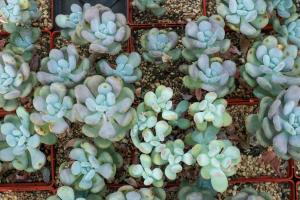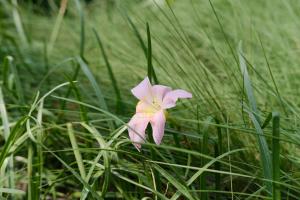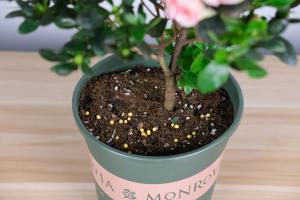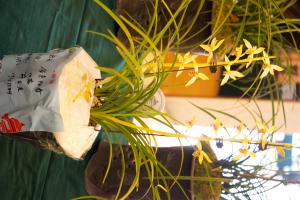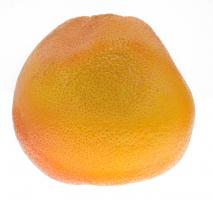Is Fern a Good Indoor Plant?
Ferns are popular indoor plants because of their variety and their ability to thrive in low-light environments. But is fern truly a good indoor plant? Let's examine the benefits and drawbacks of incorporating ferns into your indoor greenery.
Benefits of Fern as an Indoor Plant
One of the main benefits of ferns as indoor plants is their ability to tolerate lower levels of light. This makes them a great option for rooms that don't receive much natural light. Ferns also add a touch of elegance to any home decor with their delicate fronds and lush green foliage. They can be grown in a variety of containers and spaces, from hanging baskets to terrariums to traditional planters.
Another benefit of ferns is their ability to improve air quality. They absorb harmful chemicals in the air, making it cleaner and healthier to breathe. This makes ferns a great choice for anyone who suffers from allergies or respiratory issues.
Drawbacks of Fern as an Indoor Plant
While ferns offer many benefits as indoor plants, there are also some drawbacks to consider. One of the main challenges of growing ferns indoors is providing the right conditions for them to thrive. Ferns require high levels of humidity, which can be difficult to achieve indoors, particularly in dry climates or during the winter months when indoor heating is used.
Another challenge of growing ferns indoors is their susceptibility to pests and diseases. They are particularly vulnerable to scale insects, mealybugs, and spider mites. Regular monitoring and preventative treatment may be required to keep ferns healthy and pest-free indoors.
Tips for Growing Ferns as Indoor Plants
If you decide to grow ferns indoors, there are a few tips to keep in mind to ensure their success. First, choose a container that has good drainage to prevent overwatering, which can damage ferns. Second, make sure to keep ferns away from direct sunlight, as this can burn their delicate fronds. Instead, place them in a location where they will receive filtered or indirect light. Third, consider using a humidifier or placing a tray of water near your ferns to increase the humidity in the air. This will help keep their foliage looking lush and healthy.
Conclusion
So, is fern a good indoor plant? The answer is yes, with some caveats. Ferns offer many benefits as indoor plants, including their ability to thrive in low-light conditions and their air-purifying properties. However, they require specific care to maintain their health and beauty, particularly in regards to humidity levels and pest control. With proper care and attention, ferns can be a wonderful addition to any indoor garden or home decor.

 how many times do yo...
how many times do yo... how many planted tre...
how many planted tre... how many pine trees ...
how many pine trees ... how many pecan trees...
how many pecan trees... how many plants comp...
how many plants comp... how many plants can ...
how many plants can ... how many plants and ...
how many plants and ... how many pepper plan...
how many pepper plan...